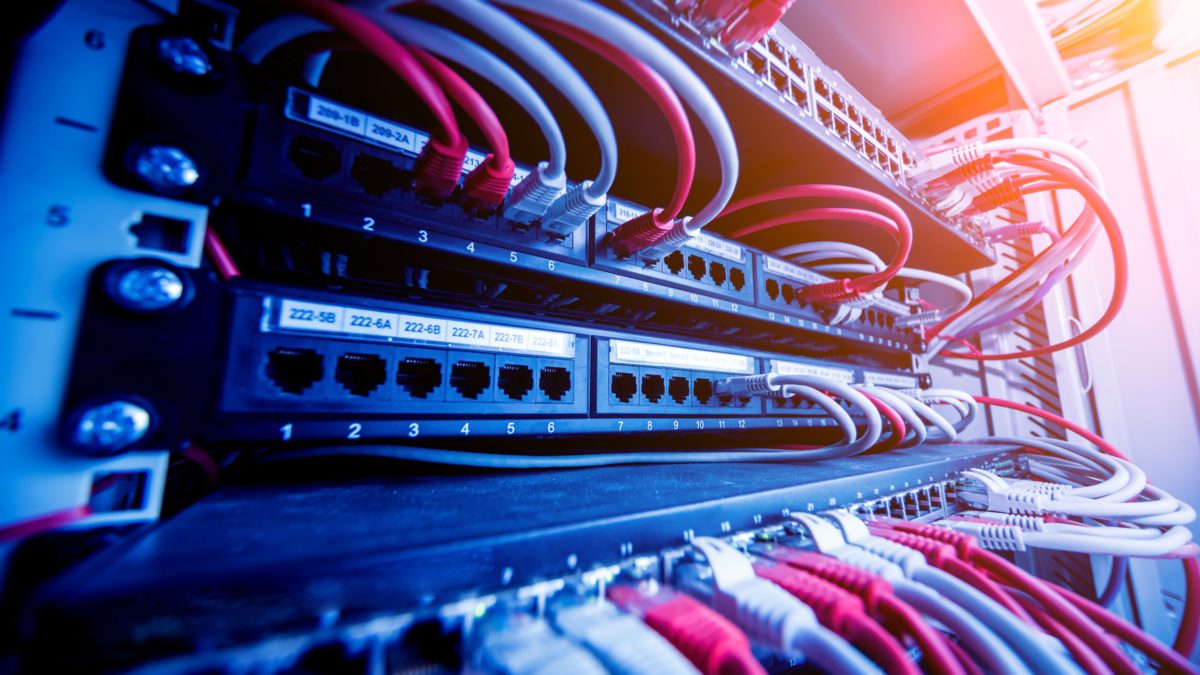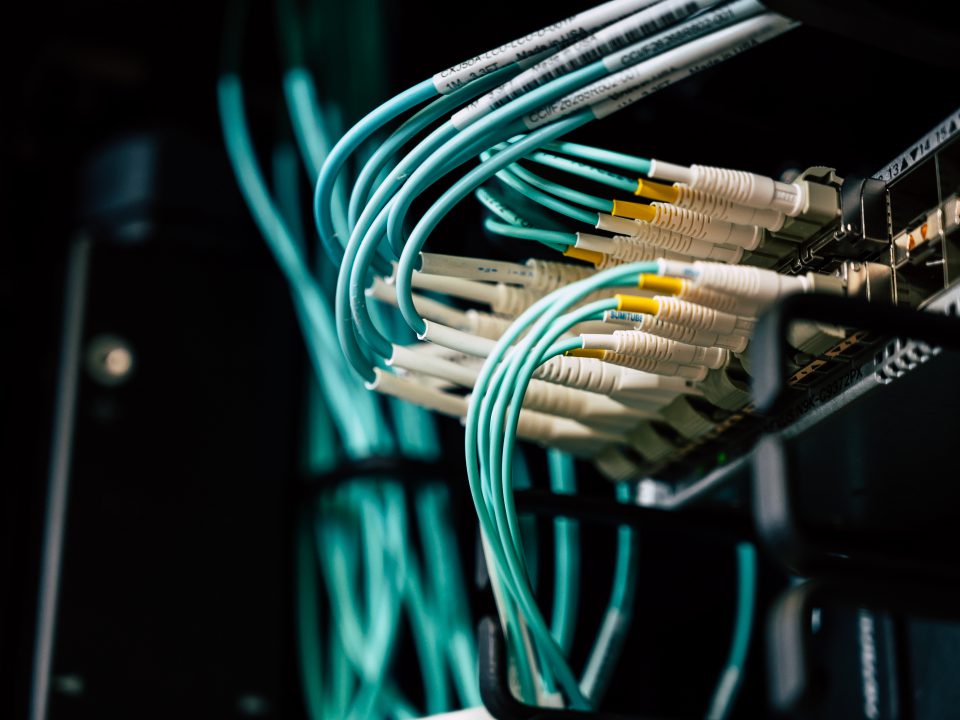Do Cabling Contractors Need to Be Licensed?
January 30, 2023Do I Need Cables for Phones and Computers, or Can Everything Run Off Wifi?
April 18, 2023The type of cabling used is one of the most crucial decisions you’ll need to make when setting up a network, with the two most popular choices being Cat5e and Cat6 cabling. In this article, we’ll examine the variations between the two varieties of cabling and assist you in selecting the one that best suits your requirements.
Cat5e
A type of Ethernet cable known as Cat5e, or Category 5 Enhanced, has the capacity to transmit data at rates of up to 1 gigabit per second (Gbps). It can support distances of up to 100 meters and has four twisted pairs of copper wire. In cases where high-speed data transmission is not a top priority, cat5e cabling is frequently used in home networks, small businesses, and other applications.
Cat6
Cat6 stands for Category 6, and it is a more recent type of Ethernet cable that has a 10 Gbps maximum data transmission rate. It has four twisted pairs of copper wire, just like Cat5e, but it was constructed with stricter standards in mind and has superior insulation and shielding. Cat6 cabling is frequently used in big businesses and data centers where high-speed data transmission is necessary because it can support distances of up to 55 meters.
So how do you know which type of cabling you need? Here are a few factors to consider:
Data Transfer Speed Requirements
Cat5e cabling should be adequate for small-scale home networks without a need for high-speed data transfer. However, you should think about using Cat6 cabling if you need to quickly transfer large files or use programs that demand high-bandwidth connections, like video conferencing or online gaming.
Distance
More data can be transmitted over shorter distances using Cat6 cabling than Cat5e cabling. That being said, Cat5e cabling might be required if you need to send data over greater distances.
Cost
Cat6 cabling is generally more expensive than Cat5e cabling, so if cost is a concern, you may want to go with the more affordable option.
Future-Proofing
Consider purchasing Cat6 cabling if you’re establishing a network that you intend to use for many years. It may be more future-proof than Cat5e cabling because it was constructed to higher standards and is capable of supporting faster data transfer rates.
It’s important to remember that even if you select Cat5e cabling, you can still achieve high data transfer speeds by utilizing other network components, such as high-speed routers and switches, that support those speeds. However, Cat6 cabling will probably perform better if you intend to use your network for high-bandwidth activities like streaming video or online gaming.
The choice between Cat5e and Cat6 cabling ultimately depends on your unique requirements. Cat5e cabling is an excellent choice if you’re managing a modest home network or don’t need high-speed data transfer. However, you should think about using Cat6 cabling if you need to quickly transfer large files or use programs that demand high-bandwidth connections. Just be aware that Cat6 cabling tends to cost more than Cat5e, so price may be a deciding factor.
Overall, choosing the right cabling for your network is an important decision that can have a big impact on your network’s performance. If you’re in need of cabling services, Tribute Telecom, LLC, is here to help with our services. Our team of experienced and licensed cabling contractors will ensure that the job is done right the first time. Contact us now!


